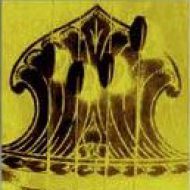More about this exercise Vocalists and instrumentalists practice pairs of notes (janta svara) with the aim of increasing fluency and precision. Janta phrases are embedded in many compositions heard in today’s concerts (notably varnam, kriti and tillana) and as part of improvised interludes (manodharma sangīta): kalpana svara and tanam as clearly heard in the following …
Category archives: Resources
Flow | Mela practice – svara pairs (3 counts)
Rūpaka tāla (3 counts/syllables) Lesson 4: “ta ki ta“- trikāla = 3 speeds Full lesson: Practice four widely used Carnatic talas >> Listen & learn more Listen to a rendition by Meera Seshadri in Rupaka tala (tala starting from 1:18): Bhupala Gitam (5 notes) >> Vocalists and instrumentalists practice pairs of notes (janta svara) with the …
Continue reading “Flow | Mela practice – svara pairs (3 counts)”
Time theory in Vivekananda’s Concepts of Indian Classical Music
Explore >> The notion of a particular time prescribed for ragas (gāna kāla) plays a greater role in Hindustani music than for exponents of its southern counterpart where sārvakālika ragas prevail: ragas suited to any day or night time. A few ragas nevertheless continue to be associated with the moods indicated by song lyrics (notably …
Continue reading “Time theory in Vivekananda’s Concepts of Indian Classical Music”
